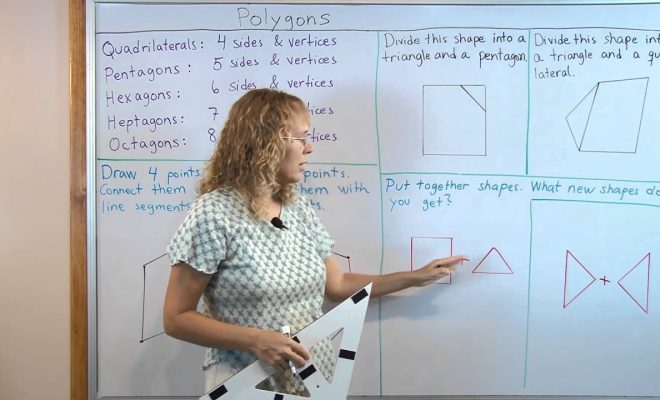20 Perfect Anchor Charts To Teach Phonics and Blends

1. Alphabet Chart: A simple chart that displays all the letters of the alphabet in uppercase and lowercase forms.
2. Vowel Chart: An anchor chart that focuses on the vowels, both short and long, along with examples of words that contain them.
3. Consonant Chart: This chart highlights the consonant sounds and provides examples of words that start with each consonant.
4. Digraph Chart: A chart that focuses on common digraphs like “ch,” “sh,” “th,” and “ph,” along with words that contain these digraphs.
5. Blends Chart: This anchor chart showcases different blends such as “br,” “cr,” “dr,” “fr,” “gr,” “pr,” and “tr,” along with words that include these blends.
6. Silent E Chart: A chart that demonstrates the effect of adding a silent “e” to change the vowel sound in a word.
7. R-Controlled Vowels Chart: This chart presents the different vowel sounds when followed by the letter “r,” such as “ar,” “er,” “ir,” “or,” and “ur.”
8. Diphthongs Chart: An anchor chart that displays common diphthongs like “oi,” “oy,” “ou,” “ow,” “au,” and “aw,” along with words that contain these diphthongs.
9. Word Families Chart: This chart showcases word families, such as “-at,” “-en,” “-ip,” “-ot,” and “-ug,” along with example words.
10. Syllable Chart: An anchor chart that demonstrates how to break words into syllables using visual cues.
11. Vowel Teams Chart: This chart focuses on vowel teams like “ai,” “ay,” “ee,” “ea,” “oa,” “oe,” and “ui,” along with words that contain these vowel teams.
12. Consonant Blends and Clusters Chart: A chart that includes consonant blends and clusters like “pl,” “sp,” “st,” “scr,” “str,” and “spl,” along with example words.
13. Vowel Sound Chart: This anchor chart highlights the different vowel sounds, including their long and short forms, along with example words.
14. Short Vowel Chart: This chart emphasizes the short vowel sounds and provides example words for each short vowel sound.
15. Long Vowel Chart: A chart that showcases the long vowel sounds and provides words that have each long vowel sound.
16. Syllable Types Chart: An anchor chart that illustrates different types of syllables, such as closed, open, magic-e, vowel team, and consonant-le.
17. Rhyming Words Chart: This chart focuses on rhyming words, providing examples of words that share similar sounds.
18. Compound Words Chart: A chart that introduces compound words and provides common examples of compound words.
19. Prefixes and Suffixes Chart: This anchor chart showcases common prefixes and suffixes, along with example words.
20. Homophones Chart: This chart highlights words that sound the same but have different meanings, such as “their,” “there,” and “they’re.”
This collection of anchor charts provides a valuable resource for teaching phonics and blends. Teachers can use these charts as visual aids to support instruction and help students grasp the fundamental concepts of phonics and blending sounds.

